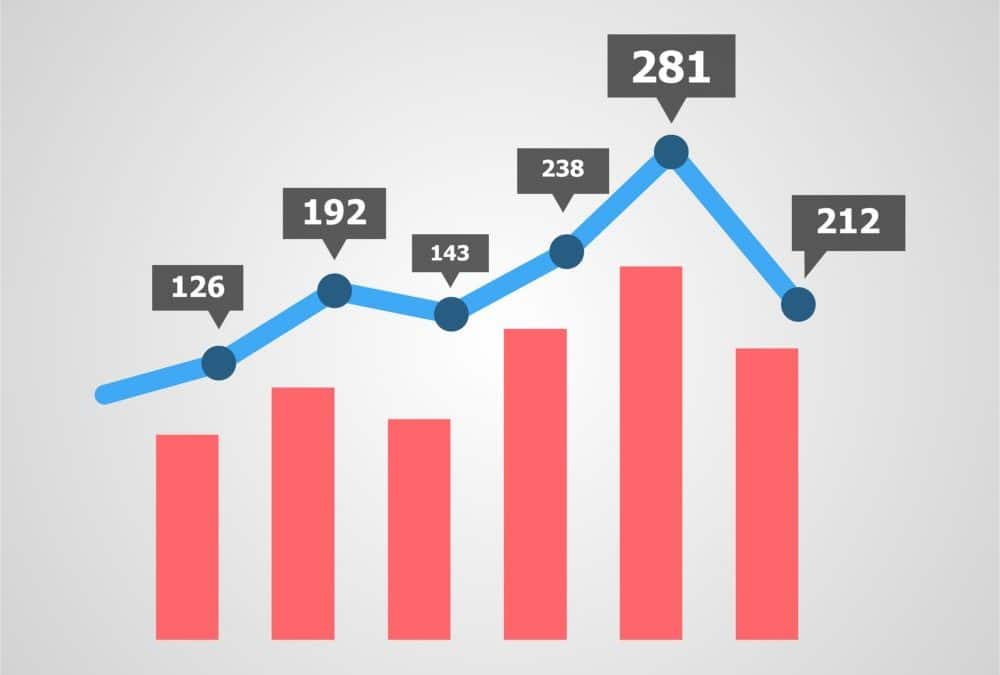


The final result shows the visualization in a more pleasing way where Sales are on the Y axis and Clicks are on the X Axis. However, as you can see, we still must switch the Axis Title Names as these have not updated.ĭouble click on the Axis Title and change the name to the appropriate title that represents the values on that axis. In order to swap, use:Īfter clicking OK, you’ll see that the values of the X and Y Axis has swapped as requested. Go to the Format tab, and in the dropdown box at the top left of your Ribbon that says Chart Area, and select the axis you want to flip (normally it's the Vertical (Category) Axis, at least in my experience ): Next click the Format Selection button directly beneath the dropdown list to open Axis Options: Now check the Categories in reverse. The formula for “Series X Values” should be in the “Services Y Values” and vice versa as seen below. You’ll see the below table showing the current Series for the X Values and current Series for the Y Values. Right Click on Your Graph > Select Data.Let’s say we want to change this graph so that the Sales will be on the Y Axis and Clicks on the X Axis. This scatterplot below shows the how the clicks and sales are related. In this explanation, we’re going to use a scatterplot as the example to switch the X and Y axes. Return to Charts Home How to Switch (Flip) X & Y Axis in Excel & Google Sheets Note that while Numbers will correctly place x,y data points on the chart regardless of the order in which the pairs are listed in the table, it will connect those points in the order they are listed, leading to some interesting curves when the pairs are not sorted by their x value component.įor a more Excel-like approach to graphing, you might take a look at the open source Office applications,, LibreOffice, or NeoOffice.įor graphing functions (rather than data), see Grapher, which you'll find in the Utilities folder inside the Applications folder on your Mac.Create, Save, & Use Excel Chart Templates This example teaches you how to change the axis type. Then if you want to move the Y axis to the left, check Automatic in the Vertical axis crosses section. Most chart types have two axes: a horizontal axis (or x-axis) and a vertical axis (or y-axis).

See screenshot: If you are in Excel 2010 or 2007, it will open the Format Axis dialog. The Show axis option in both axis options menus is unchecked. Double click at the X axis (horizontal axis) to display the Format Axis pane. The axes on the above graph are shapes, lines inserted by the Shapes button's menu, and placed at the zero points of the two axes. Numbers will always place the x and y axes at the minimum x or y value of the range of values to be graphed, whether the minimum is set by the user or determined automatically from the data. Using the Scatter Chart, the only chart that treats the x axis as a value axis, Numbers will graph values in any of the four quadrants.


 0 kommentar(er)
0 kommentar(er)
